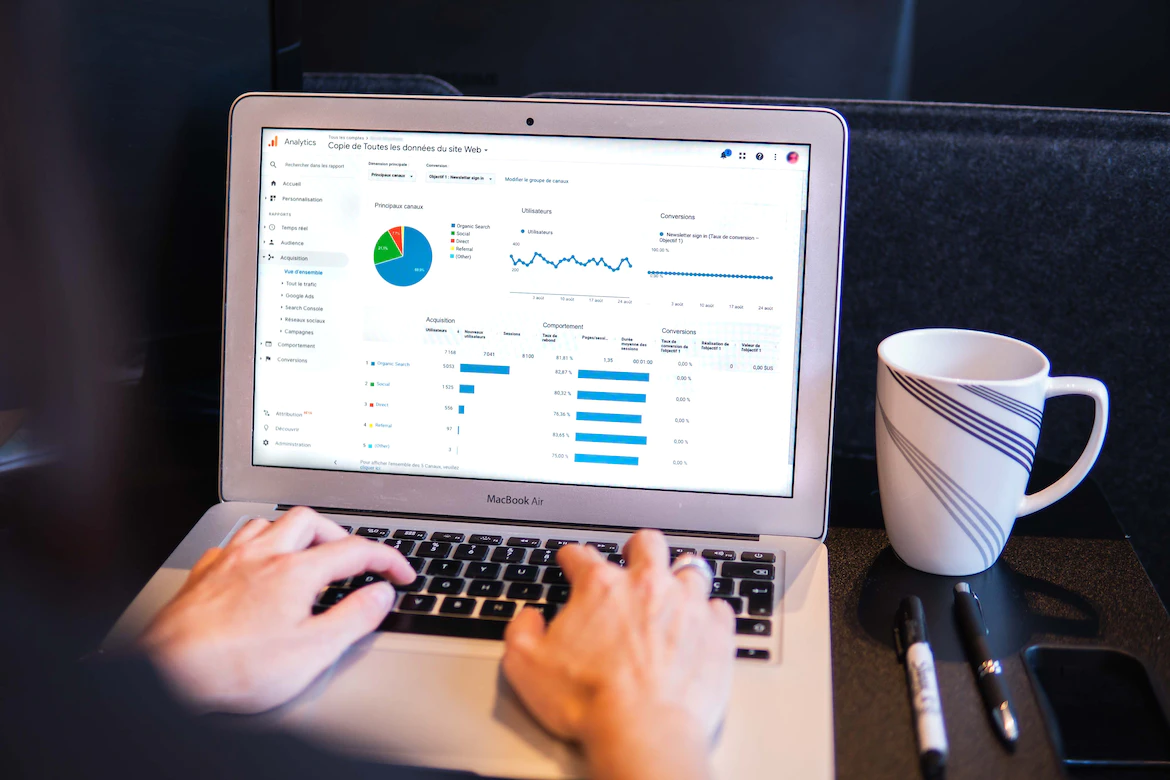What is Tmall and what part do 'TP’s' have to play in launching a brand in China?
Tmall is the biggest B2C ecommerce platform in China, it dominates the market with a 63% market share and generated a gross sales revenue of $1.2 Trillion USD (Statista) in 2021.
Alibaba, Tmall’s parent company achieve this by having the most complete ecommerce ecosystem in China. Aside from Tmall, Alibaba also owns Tmall Global, Taobao and Alipay. The company also boasts stakes in a number of other digital platforms in China, from social media to vertical marketplaces.
Tmall is the B2C marketplace for online sales. The name tells you everything you need to know; it is a virtual mall for brands and distributors to market their products directly to consumers.
Tmall Global is exactly the same as Tmall but exclusively for products that are sold directly from abroad, either via direct import or more commonly through cross-border e-commerce.
Taobao was born as a sort of ‘producer directly to consumer’ platform but has since then evolved to cover the whole spectrum of e-commerce sales modes. You can purchase directly from producers, resellers, and other customers or even buy services, hence there is some overlap in scope between Tmall and Taobao. However, we can think of Taobao as being less ‘official’ and prestigious for sellers.
The magic is that all of these platforms are connected through the Taobao app. In a single app, in one search customers can find products marketed by their favourite global fashion brand and in the next search, they can purchase ingredients from a local farmer and right after they can find baby formula directly from abroad.
If you’ve already tried to get into the Chinese E-commerce market, then you’ve likely heard the term ‘TP’ (which is often expanded to Tmall Partner, Taobao Partner, or probably most accurately Trading Partner). TPs manage E-commerce platforms for their clients. There are many different TPs as operating on Chinese e-commerce marketplaces is very complicated and in most cases creating a specialised internal team can be very difficult and expensive.
TP Teams are often composed of ex-Alibaba / ex-JD employees that understand the system and have connections and leverage within the platform to achieve extra traffic. This is useful, with thousands of competing brands, it is important to stand out in as many ways as possible - both to the consumer and to the platform.
Ultimately, it’s crucial to choose the right TP, who can both properly market your product and help you stand out to consumers as well as leverage your brand store to help you stand out with tmall. It can be the difference between paying Tmall to work for you versus paying Tmall to host you.
To understand what data is available we can split it into two perspectives Operational and external.
Input -how much we are investing into ‘in-platform’ marketing, the channels within Tmall that we can use to promote products within the Alibaba eco-system such as keyword SEM and banners.
Output - how much are we selling, to whom and their behaviour. All the sales data is available through Tmall, as well as some demographic information
What are the best performing brands in my category (primary product category as defined by Tmall when registering your store), an index of their sales and the category trends?
How do I know if I’ve made the right choice? What data should I evaluate?
It’s hard to know whether you have the right TP. Some of the largest TPs that do incredible work for big-name brands, perform very poorly with smaller brands, and vice versa, small TPs might not have the capacity to work with large brands. Prior to signing on with a TP it’s very hard to know if they’re the ones for you, within the industry there is a lot of secrecy about who manages whose store, so although you might look for a TP with industry-specific know-how, it is hard to guarantee you’ll get it.
Any decent TP will provide you with your own sales and traffic data which combined with some benchmark industry data should serve to analyse performances critically.
There is also competitor data available on the tmall backend, though as it is almost entirely indexed, or presented in summary it is only useful for learning broad market trends.
However, this is only a fraction of the incredibly granular information the TP can access through the platform backend.
Why don’t I always get all the information?
A good TP will use the platform backend to maximise the store performance, but due to Tmalls limitations on data export, reports have to be compiled manually, which is extremely time-consuming, consequently, the TP will have to make a conscious decision of how much data to share with the brand. TPs may do this in either an effort to save time or to limit the client's ability to critically evaluate their work.
Striking a balance is important - the TP needs to be reactive and wants to be profitable. Thus they usually must choose between keeping their clients in the loop and operating at a margin.
What if I’m not getting any of that information?
Often TP operations are some sort of informational black hole, if you feel that is the case, the best option is to communicate specifically which information you would like to see and take an active role in defining the reporting you are looking for. If that still doesn’t work, then the brand needs to take the information at its disposal - how much money is being invested vs how much is being earned and make a hard choice over whether this TP is the right partner.
Understand the limitations
Even the best and most open TPs have limitations in sharing data, after all reporting is sourced manually. Therefore the process of reporting is time intensive and often riddled with mistakes.
Most reporting suffers from massive entropy.
EQI Data automates the sourcing of data by connecting directly, not only to your e-commerce but also your social media so you can have access to all of your data in real-time.












